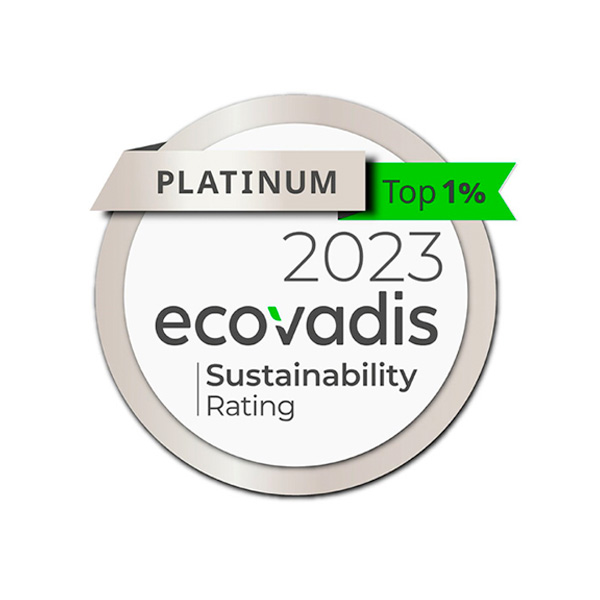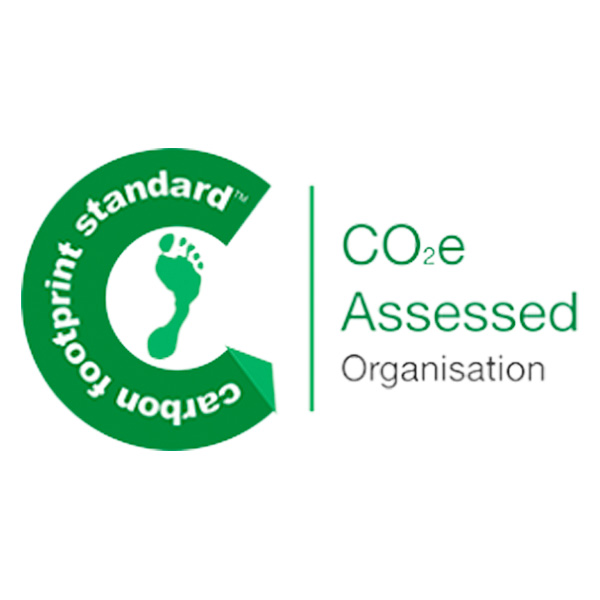All mid and large organisations in the European Union must now disclose all their carbon emissions across scope 1-2, and 3. Several states in US have begun to follow suit and the UK is already planning similar legislation.
Smaller organisations who serve those impacted will also be in the spotlight too, needing to disclose emissions so their customers can be compliant. This legislation will impact everyone.
For most organisations, IT will be in the top five emissions categories – in some cases making up 40% of the emissions footprint. It is now necessary for organisations to measure this footprint.
Compliance is crucial to all organisations, but are there benefits to this reporting beyond simply meeting regulatory compliance?
Organisations that can demonstrate they are more sustainable than their peers, have a clear strategy in place to reduce their negative impacts, and provide measures for customers and suppliers are achieving higher EBITDA multiples than those that don’t. A report by Deloitte found that a higher ESG score is associated with a higher EV/EBITDA multiple.
In fact, they found that if a company improved it’s ESG score by just 10 points it would likely increase its EV/EBITDA value by 1.8x. Meanwhile, a study by Harvard Business found that sustainability-focused start-ups received 34% higher acquisition offers compared to their conventional counterparts, further highlighting the financial benefits of sustainability.
Why? All valuation models look at the future earning potential of the organisation. Clearly an organisation that has planned for climate adaptation, and has done all it can to reduce its own negative impacts is believed by the investment community to be better place for future earnings than an organisation that has not. The value that companies generate through investment in ESG initiatives is likely to outweigh the cost and go beyond it’s P&L impact. Having insight from Circular Impact Reporting is only going to act as a catalyst for this.
Measuring sustainability factors can help organisations identify potential risks and vulnerabilities, such as exposure to carbon pricing or resource scarcity, and take the necessary steps to mitigate against them.
In a recent PWC’s 27th Annual CEO survey found that nearly a third of respondents weren’t planning on incorporating climate risk into their financial planning. A great example of this is the Carbon Border Adjustment Mechanism (CBAM) is a carbon tax based on the importation of certain materials into the EU. This is only the beginning of sustainability related taxation.
The same survey found that half of businesses had not started to do anything to mitigate against the climate crisis through their products and offerings, with less than 40% making or starting plans to innovative climate friendly products, services, or technologies. 15-35% of the global population are facing exposure to extreme heat and severe water scarcity, the climate poses risks that businesses simply cannot afford to ignore. Being able to easily access carbon and sustainability data, organisations are able to fully understand the risk posed to their business and how they can mitigate against them.
Contrary to some views, sustainable solutions consistently enable organisations to lower short- and long-term costs through energy efficiency, virtualisation, product life extension, renewable energy use and tax relief.
A notable example of where we have seen this take place first hand is the work we have done with the Ministry of Defence. By working with a major vendor to identify, and design a scalable and supportable solution, we were able to save the Ministry $15m by extending their technology platform rather than replacing it.
Being able to report on the circular impact of technology helps businesses to identify potential areas where savings can be made, highlighting the gap in both carbon and cost between new and remanufactured equipment.
In summary, carbon reporting is going to be something that organisations need to carry out in order to comply with legislation. Armed with insight, such as that found in our Circular Impact Reports, they have insight that can also use to create new opportunities, mitigate risk and even increase the enterprise value of their organisations.
Part 1 of our Circular Impact Reporting series, read part 2



